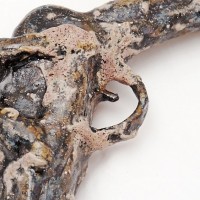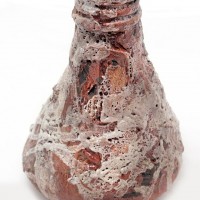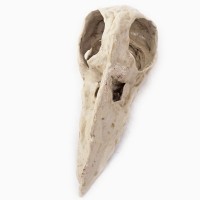The Baltic Sea, due to its unique salinity, has preserved thousands of artifacts.
Ships and structures hundreds of years old are lying on the bottom in an amazingly pristine state.
Ceramics found by archeologists among the wrecks have been fundamental to understanding this unique maritime heritage.
The closed off shape of the sea is also a curse, with man-made poisons staying in the marine environment. Baltic fish is officially “not recommended” for consumption by children and pregnant women due to high dioxin levels.
“Two women combing a beach on the German Baltic coast were taken to the hospital with serious burns to their hands and legs after accidentally touching pieces of phosphorus that had washed ashore.[…] The women had mistaken the phosphorus for amber. […]In neighboring Denmark, which keeps records, some 20 people, most of them fishermen, are reportedly injured each year in explosions or through contact with chemicals.[…]Experts say bombs, poisonous chemicals and sudden explosions of rusting ordnance pose a major threat to the Baltic Sea.” Spiegel.de
Military mines, unexplored ordnance and wrecks leaking oil and industrial toxins are some of the other remnants of human activity.
“I do not eat sprats [fish] from the Baltic sea. Because the fish is poisoned by chemical weapons disposed on the bottom” Sergei Aprelev, Soviet Navy Captain 1st rank
The project “The Sea Has Memory” celebrates the history and brings up environmental concerns of the Baltic Sea with an artistic interpretation of objects and ideas through ceramics. The paradigm of “the sea hides all secrets” undergoes heavy scrutiny. An important aspect of the project is creating objects that can be interacted with, including touch, enabling an immersion experience empowering all visitors, including children and vision impaired.
“You can read more about the danger posed by military munitions disposed” in the Baltic sea here >>
This page is being updated with images.
- Sea sponge
- Dalarö pistol – closeup
- Dalarö pistol 2
- Bartmann ( Bellarmine ) jug
- Crow Skull
- Ordnance 1
- Ordnance 2
- “Ionian Sea” Relief
- “Mine” Sculpture










 © 2025
© 2025